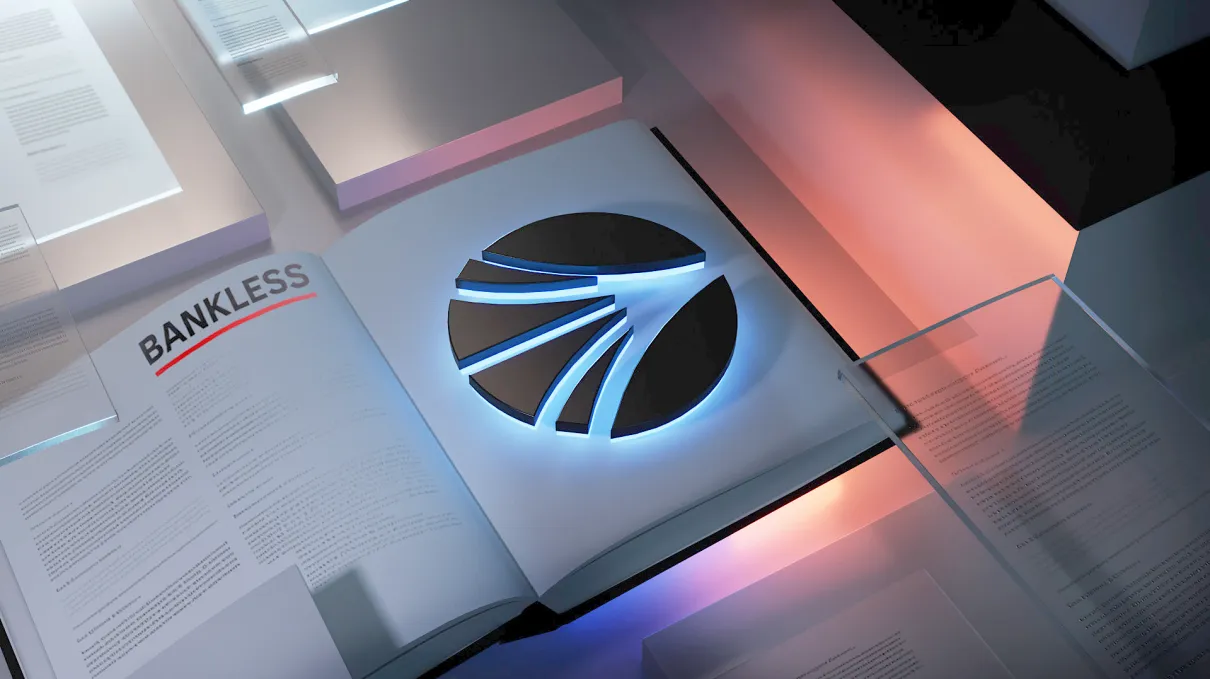The Bankless Guide to Sonic

Sonic, formerly known as Fantom, is a Layer-1 blockchain that builds on its predecessor’s legacy of speed and scalability. Set to launch in late 2024, Sonic aims to deliver rapid transaction processing, low fees, and enhanced security.
The new ecosystem will introduce a new native token, $S, marking a fresh start for the project and its community.
Key takeaways
- Sonic evolved from Fantom, offering faster transactions, greater scalability, and a new native token ($S).
- It can process over 2,000 transactions per second (TPS) with sub-second finality, significantly improving performance.
- Sonic remains fully compatible with the Ethereum Virtual Machine (EVM).
History of Sonic (prev. Fantom)
Launched in 2018, Fantom sought to solve the problem that had plagued blockchains since the industry's inception: scalability. It provided a high-speed, low-fee Layer-1 blockchain.
In 2019, Fantom formed a major partnership with Binance and introduced Fantom Opera, its EVM-compatible blockchain. With attractive yields and innovative DeFi projects led by developers like Andre Cronje, the chain attracted a surge of users during the 2021 bull run, becoming a hotspot for DeFi activity with billions in locked capital.
However, Fantom's growth faced significant challenges. Following the crypto market crash in early 2022, the FTM token plummeted, and key builders like Andre Cronje announced a hiatus from DeFi. The situation worsened in 2023 when Multichain, Fantom’s primary bridge, was exploited for $126 million, leading to a loss of confidence and a mass exodus from the ecosystem.
Despite the challenges, the Fantom ecosystem is alive and looking to make a comeback. Fantom has rebranded to Sonic Labs and is preparing to launch the Sonic Chain and the new native token, $S. The Sonic Chain is scheduled to launch in November/December 2024.
What is Sonic?
Sonic is a fully EVM-compatible Layer-1 blockchain that combines the speed and scalability of an L1 chain with a custom Layer-2 bridge connected to Ethereum. This dual-layer design offers low-cost transactions, fast processing times, and enhanced security, making Sonic a hybrid solution between traditional L1 and L2 chains.
Its blockchain architecture supports over 2,000 transactions per second (TPS) with sub-second confirmation times, a significant improvement from Fantom’s previous 200 TPS on the Opera chain.
How does Sonic work?
Sonic operates on several key technical pillars that drive its performance:
- SonicVM — Compatible with Solidity and Vyper, SonicVM introduces optimizations for faster execution. It uses "super-instructions," which merge common patterns into single, efficient commands, enabling faster and more efficient contract processing.
- SonicDB — This database reduces storage requirements for validators through live pruning, continuously removing unnecessary data without taking validators offline. This process cuts disk space usage by up to 90%, reducing costs and storage overhead.
- Sonic Gateway — The native bridge for secure transfers between Sonic and Ethereum. Sonic Gateway leverages Sonic’s validator network for trust-minimized transfers. Transactions from Ethereum to Sonic finalize in under 10 minutes, while transfers back to Ethereum take up to 1 hour.
Why Sonic?
Sonic’s core appeal lies in its throughput: the ability to handle 2,000 transactions per second with sub-second finality. In a competitive blockchain landscape where transaction speed is crucial for user adoption, Sonic positions itself as a chain capable of processing high transaction volumes efficiently.
Sonic's native connectivity with Ethereum allows it to tap into Ethereum's liquidity, assets, and protocols, enhancing its interoperability. Additionally, the involvement of Andre Cronje adds credibility to the project, though opinions on this may vary. His expertise could benefit Sonic’s strategy and execution.
Sonic also introduces a revamped Gas Monetization program, which incentivizes developers by offering a potential revenue stream from gas fees. Other initiatives, such as the Sonic Spark grant program and Sonic University, aim to support projects in areas like DeFi, NFTs, and gaming. While it's still early, Sonic's technical innovations and developer incentives give it a fighting chance to attract both developers and users.
How to Invest in Sonic?
The native token of Sonic is $S. It will be used for transaction fees, staking, governance, and validator operations. However, the token is not yet live. For early exposure to Sonic, investors can hold FTM, as FTM holders will be able to exchange 1 FTM for 1 $S token upon Sonic’s launch.
At the time of this guide’s latest update, FTM was trading around $0.64 per token, with a fully diluted market cap of $2 billion, making it the 48th-largest coin in the cryptoeconomy.
Sonic is also airdropping 190,500,000 $S tokens to incentivize both Opera and Sonic users. Opera participants, such as LPs, validators, and NFT holders, will be rewarded, while Sonic users can gain exposure through staking, liquidity provision, and other on-chain activities. The airdrop is divided between two main programs: Sonic Gems and the SonicBoom bounty program.
Top Sonic projects
The Sonic consumer application ecosystem is still in its early stages. Some key apps to explore include:
- Beethoven X — a decentralized investment platform
- Debita — a P2P oracle-less lending protocol
- PaintSwap — an open NFT marketplace
- Estfor Kingdom — a web3 game developed by PaintSwap
- Equalizer Exchange — trading and liquidity hub
- SuperSonic — the native DEX of Sonic